Bar Tech
Welcome to the latest BarTech with thoughts, tops tips and advice from the UK Grass Experts on grass and herbal leys for livestock, arable and the environment.

Welcome to the latest BarTech with thoughts, tops tips and advice from the UK Grass Experts on grass and herbal leys for livestock, arable and the environment.

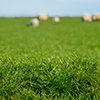
As Winter takes hold, day length and light intensity reduces as...
As Winter takes hold, day length and light intensity reduces as does air and soil temperature, resulting in a steady reduction in grass growth rates. Generally, clovers, brassicas and perennial grass species slow down first, then hybrid and Italian ryegrasses, followed by Westerwold ryegrasses as the last to stop. In some mild winters, where soil temperatures do not drop below 4°C, these short-term species may continue to grow.
This autumn, so far, has been kind to us with a lot of grass still growing in many areas of the country. Many of us are delighted to be able to take advantage of this late growth for an extra silage cut, zero grazed grass or keeping cattle out a little longer and for flushing ewes or finishing lambs.
As winter sets in, cattle will be housed, tupping will be complete, and it is at this point the time for grassland management planning can be valuable to optimise next year’s forage.
As policy changes, new support requirements are implemented and other drivers such as increased nitrogen and protein prices, Brexit and carbon balancing come into play. It is going to become more crucial to take more time and take a crop management approach to grassland, creating a grass and forage plan for the farm.
Our top tips for creating a grassland management plan.
Next step. Plan a timeline for your goals. A long-term goal may be to increase milk from forage by 30% whilst retaining yield of the high-performance Holstein herd, or to finish all your lambs at home rather than selling them all store for example. It is unlikely for that to happen over one growing season but how far can you get? Can you improve milk from forage by 5% next year, how would that look? Can you separate out single lambs to finish at home this year or perhaps winter ewe hoggs away to save grass to finish lambs? Do you want to reduce bought in feed - this almost certainly means you need to allocate more spending to grass and forage in your budget. Make time to write down the stages.
Whatever the goal, taking action is vital. The actions you may need to take are likely to fall into one of 3 categories: the soil, the grass or the management. Do you need to carry out soil sampling and correct problems with soil fertility, or deal with compaction to improve soil health and therefore grass health and productivity? Or perhaps new grass-seed mixtures with species more appropriate to the new direction are required, more legumes or clovers for example. It could be that you need to adopt new reseeding techniques or new techniques to improve grassland productivity. It might be new ways of feeding grass, for example by adopting rotational grazing rather than set stocking.
Consider all the options for your grassland management plan to help get the most out of your fields.
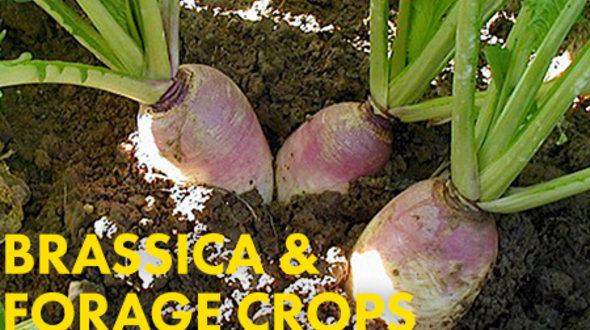
An ever increasing pressure to reduce costs and improve productivity has led to a renewed interest in, and need for, farmers to look towards more home produced feeds. Brassicas and forage crops are highly productive, low input crops which can make a significant contribution to the feeding programme - especially in winter. The

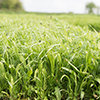
Deep rooting varieties offer a multitude of benefits including...
Deep rooting varieties offer a multitude of benefits including storing water deep in the soil for drought prone areas or even with flooded areas, helping to reduce flood risk. Read our tips and our grass breeding solutions for grass or forage crops for regions with drought or heavy rainfall
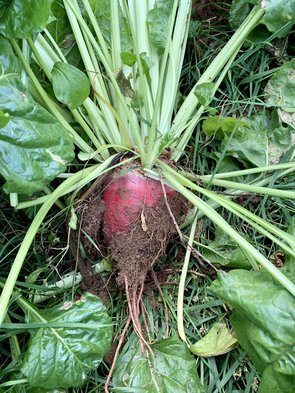
Red Clover Trial
This year, we have established four trials across two locations in the UK, our own Cropvale research farm and with our industry colleagues at SASA, Edinburgh. These trials will look at over 20 different red clover varieties from various breeding programmes across the global Barenbrug network. The varieties will be assessed under both a silage management regime, using our previous advice on managing red clover swards, and a more frequent cutting protocol too. The trials will be retained for several years to look at changes in performance over time. The clovers have also been established with grass to be more akin to UK sowing.
New Variety Trial
A new screening of our varieties and mixtures has been established in Aberdeenshire and will be run day to day by our industry colleagues at SRUC. This takes our own variety screening trials to 3 UK locations to complement the further sites used by the national and recommended list sites. As well as Perennial Ryegrasses we have established Timothy varieties and a number of different Fescues, all of which will be cut using both silage and simulated grazing protocols with nutritional analysis taken at multiple cuts throughout the year.
Fodder Beet Trials
This year, we have established a number of ½ and acre trial plots across the UK with a French fodder beet variety called Veldema. Both sites have established well and both have two other commercial varieties for comparison, which makes it a very interesting project. Growth is good and there is a lot of bulk in the field so far but of course as they say, the proof of the pudding is in the eating.

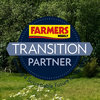
As a key member of the Farmers Weekly Transition Partner Network...
As a key member of the Farmers Weekly Transition Partner Network, Barenbrug UK is part of a selected, UK-wide community of farmers, industry stakeholders and influencers working together to secure a sustainable future for your farm business.
Discover our range of grass, forage, clover, herb and legume mixtures for the agriculture sector.
Discover our range of grass, forage, clover, herb and legume mixtures for the agriculture sector.
Discover our range of grass, forage, clover, herb and legume mixtures for the agriculture sector.